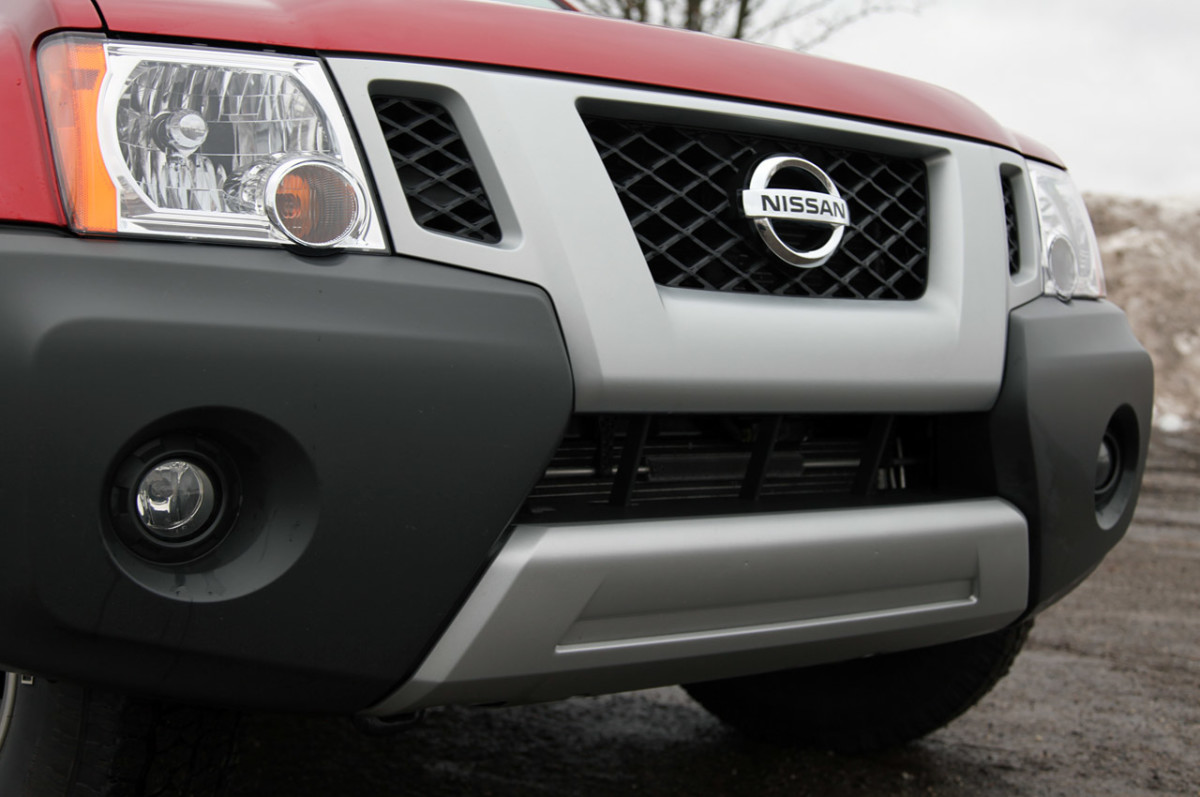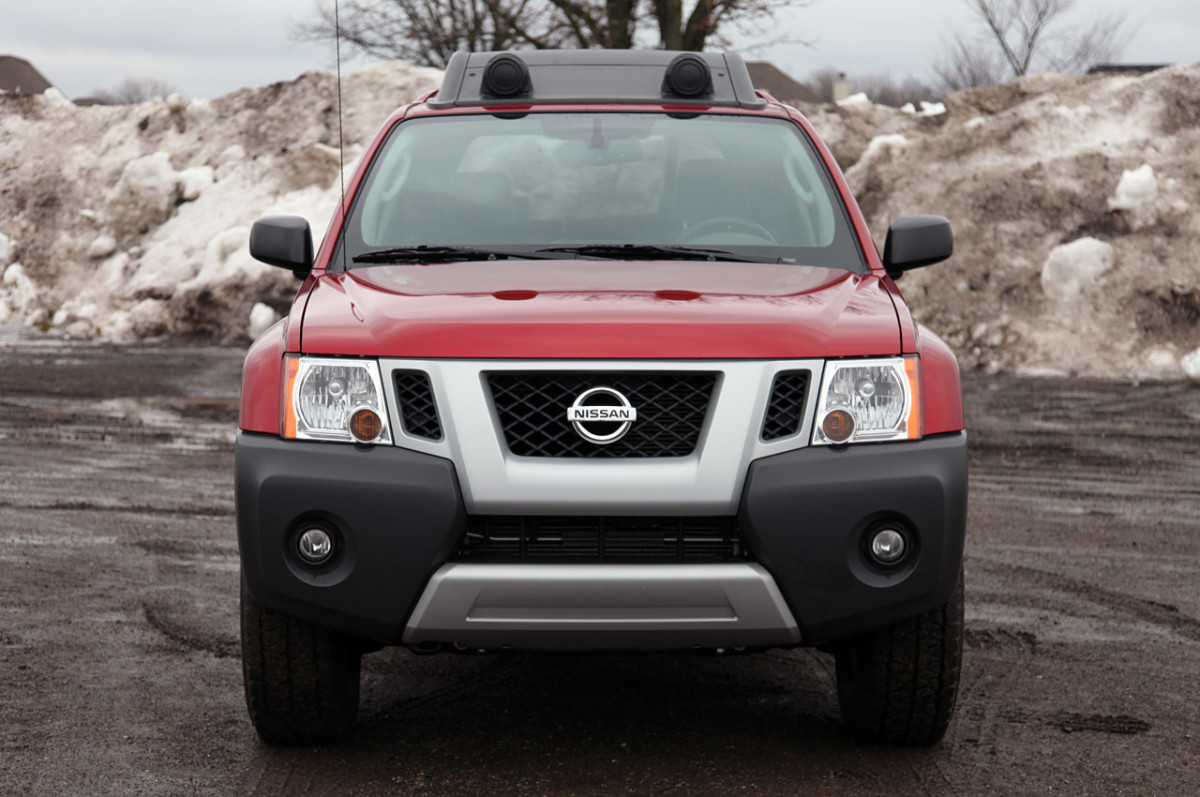A Rugged Past and a Promising Future
The Nissan Xterra was once the brand’s answer to the midsize off-road SUV market. Boxy, practical, and truck-based, it gave Nissan a direct rival to models like the Toyota 4Runner. It sold well during the late 1990s and 2000s but was ultimately discontinued in the US about a decade ago. Tougher emissions rules and shifting consumer interest toward crossovers made the old formula less viable.
First discovered through a patent filing, Nissan has confirmed that it’s preparing to bring the Xterra back in 2028, this time with a hybrid V6. For a company struggling to stabilize its footing in the US, the revival could be more than just a nostalgic nod. It may be the product that gives Nissan – and potentially Infiniti – the momentum they have been seeking.
View the 4 images of this gallery on the
original article
A Potential Infiniti Version
According to Nissan Americas chairman Christian Meunier, the new Xterra will share its platform and hybrid powertrain with the Frontier pickup, Pathfinder, and Infiniti QX60, Bloomberg reports. Dealers are welcoming the move, with Meunier noting that the model will “bring scale back to the plant and get the costs at the right level.” He also said, “The dealers are super excited about it because it’s going to be a great example of Nissan coming back.”
Notably, Nissan is considering a more upscale Infiniti-branded version of the SUV. That could broaden its reach and allow the company to capture a wider swath of customers.
The Xterra’s return would also help fill unused capacity at the Canton, Mississippi factory, which could eventually assemble the Armada and Infiniti QX80 alongside it. Body-on-frame SUVs are generally more profitable, and Nissan is positioning itself to take a larger share of that market.

View the 4 images of this gallery on the
original article
Shifting Away From EVs
The decision to revive the Xterra also coincides with Nissan putting a freeze on its US-built EV program. The automaker had originally planned to launch a fully electric SUV out of Canton in 2028, with batteries supplied by SK On in South Korea. That project has been shelved as demand for EVs softens and federal subsidies expire. Nissan still imports the Leaf from Japan, though volumes have been reduced due to tariffs, while the not-so-popular Ariya has also been axed.
“With the market being very uncertain about EVs, I think it’s the right thing to do,” said Meunier.
With the Xterra selling side-by-side with updated models like the Sentra and an upcoming plug-in hybrid and e-Power Rogue, Nissan’s future, at least in the US, is not looking so grim for now. If successful, the new Xterra could rescue Nissan while also providing a needed lifeline for Infiniti.

View the 1 images of this gallery on the
original article